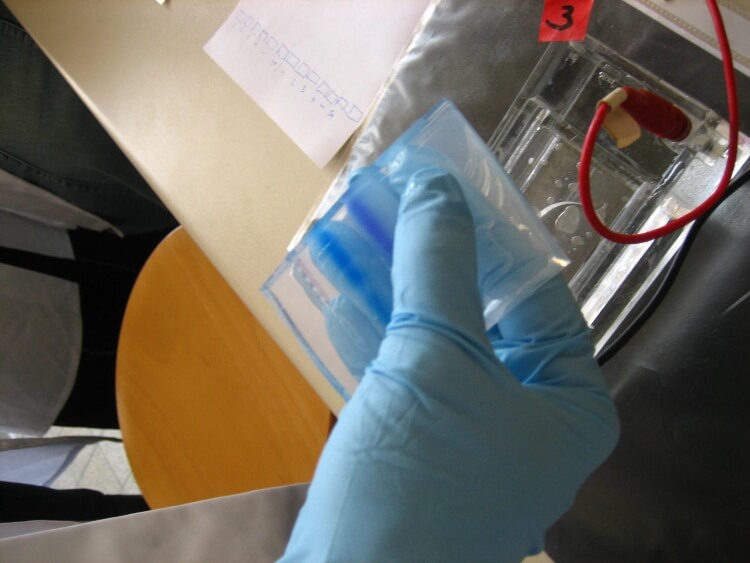2h
Human RHD(Rh Blood Group, D Antigen) ELISA Kit
Human RHD(Rh Blood Group, D Antigen) ELISA Kit
blood
200ng/mL
0.92ng/mL
Hematology;
2.47-200ng/mL
Competitive Inhibition
ELISA Enzyme-linked immunosorbent assays Code 90320007 SNOMED
CD240D; Rh30a; Rh4; RhPI; RhII; DIIIc; Rhesus D antigen; Rh polypeptide 2
Antigens are peptides or recombinant or native dependent on the production method.Blood is slightly basic and contains proteins, hemoglobin, albumins in its serum. ELK Biotech supplies this blood related product in 1.
E05 478 566 350 170 or Enzyme-Linked Immunosorbent Assays,E05 478 566 350 170 or Enzyme-Linked Immunosorbent Assays,Human proteins, cDNA and human recombinants are used in human reactive ELISA kits and to produce anti-human mono and polyclonal antibodies. Modern humans (Homo sapiens, primarily ssp. Homo sapiens sapiens). Depending on the epitopes used human ELISA kits can be cross reactive to many other species. Mainly analyzed are human serum, plasma, urine, saliva, human cell culture supernatants and biological samples.
This assay employs the competitive inhibition enzyme immunoassay technique. A monoclonal antibody specific to Rh Blood Group, D Antigen (RHD) has been pre-coated onto a microplate. A competitive inhibition reaction is launched between biotin labeled Rh Blood Group, D Antigen (RHD) and unlabeled Rh Blood Group, D Antigen (RHD) (Standards or samples) with the pre-coated antibody specific to Rh Blood Group, D Antigen (RHD). After incubation the unbound conjugate is washed off. Next, avidin conjugated to Horseradish Peroxidase (HRP) is added to each microplate well and incubated. The amount of bound HRP conjugate is reverse proportional to the concentration of Rh Blood Group, D Antigen (RHD) in the sample. After addition of the substrate solution, the intensity of color developed is reverse proportional to the concentration of Rh Blood Group, D Antigen (RHD) in the sample.
